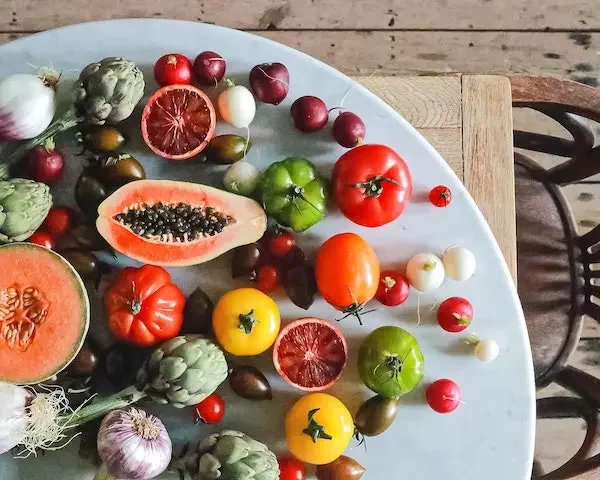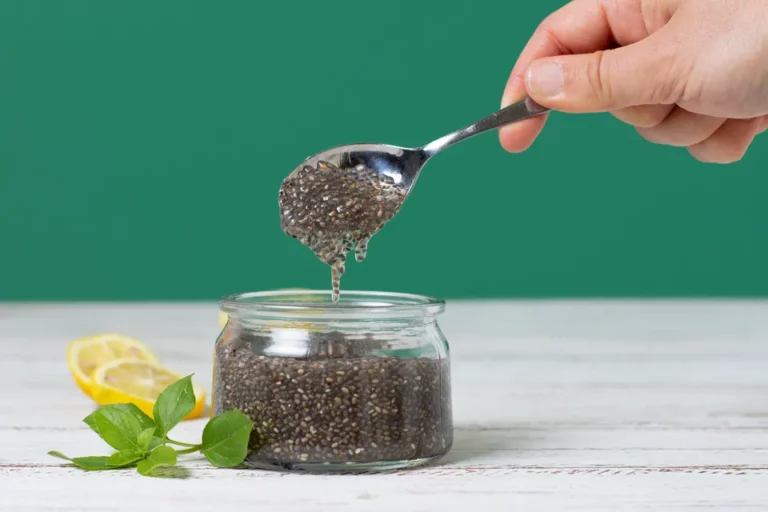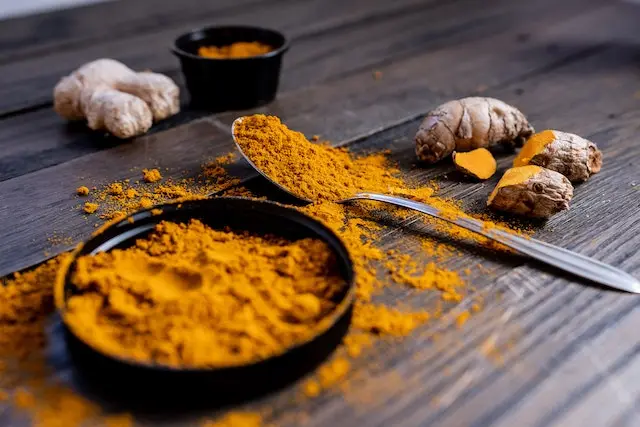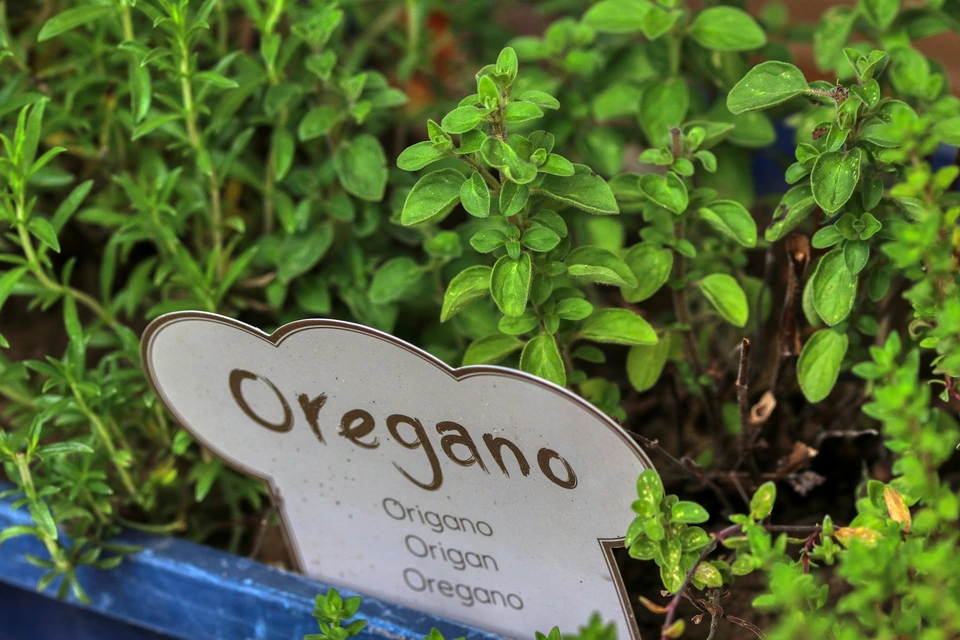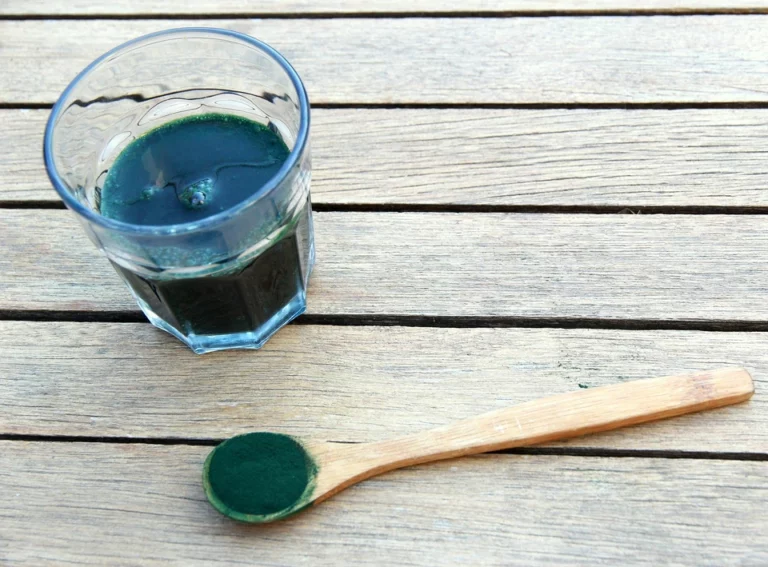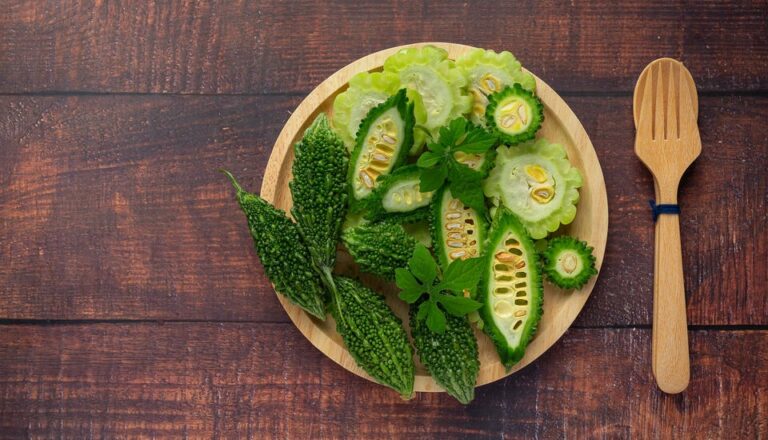What are the best Antioxidant Foods?
Antioxidants are compounds produced by our body based on enzymes and proteins and help us defend our cells from damage caused by potentially harmful molecules known as free radicals.
When free radicals build up in our body, they can cause a state known as oxidative stress, and this can damage our DNA and other important cellular structures.
Although our body must produce enough antioxidants to counteract the effect of free radicals, an unbalanced diet, or some metabolic problem, can lead to an excess of free radicals.
Fortunately, there are natural foods rich in antioxidants that we can take and meet our body’s requirements. But, What Are The Best Antioxidant Foods?
We’ll answer this question, but first, let’s see what free radicals are.
Este artículo también está disponible en Español
Free Radicals
Free radicals are molecules that have an unpaired electron in their outermost orbital. This characteristic gives them a very high reaction capacity, and for this reason, they can alter the chemical composition or cell structure of some biological systems.
Most of the substances present in our body contain paired or complete electrons and are therefore chemically stable. However, free radicals, which do not have their electrons properly paired, have an enormous chemical reactivity that will lead them to interact quickly with other molecules, becoming very aggressive elements.
These free radicals can react with a stable chemical structure and alter it. The free radical can give its unpaired electron to this molecule to eliminate its imbalance, it can steal an electron to mate its own, or it can bind to it thanks to its ability to react. In either case, the resulting product is another chemically aggressive free radical.
Free radicals occur naturally within our cells as a result of oxygen metabolism, necessary for energy production. They can also occur as a result of the action of phagocytes by destroying microorganisms, foreign material, or dead cells.
Our body has been designed to defend itself from the aggressive action of these free radicals by producing antioxidants. However, when we subject it to extreme conditions that generate a significant increase in these harmful elements, its reaction capacity becomes insufficient.
Unfortunately, this situation can lead to chronic oxidative stress, which can increase the risk of chronic diseases such as heart disease, type 2 diabetes, and cancer.
Free Radicals and Aging
The aging of our body is a process that depends on many factors. But one of the most important theories that have become very popular recently, is that of the great influence of free radicals on aging.
According to this theory, free radicals produced in oxygen metabolism cause damage to our cells. And while antioxidants are there to neutralize them, they are not able to detoxify all the reactive oxygen species that are generated.
Whether our body begins to produce an excess of free radicals or does not produce enough antioxidants, cellular aging is associated with chronic oxidative stress.
Factors that favor the production of Free Radicals
As we have seen, free radicals are the result of a natural metabolic process: However, there are external factors that can favor their production at higher than normal levels.
Next, we will mention the most important ones:
Poor diet
A diet high in refined, ultra-processed, fried foods, with high levels of sugar and saturated fats, is a factor that favors the production of free radicals in our body.
Pollution
Pollution and high levels of pollution can accelerate the oxidative process and promote the presence of free radicals in our bodies.
Stress and Lack of Rest
The hours of sleep are very important because during this period cell regeneration is activated. If we do not sleep and rest sufficiently, or lead a stressful pace of life, we prevent our body from achieving the balance necessary to maintain adequate cellular health.
The Best Antioxidant Foods
Fortunately, adding antioxidant-rich foods to our diet can help increase antioxidant levels in the blood to combat oxidative stress and reduce the risk of disease.
Although many foods contain important levels of antioxidants, we will mention below the most important and recognized ones. To have a comparative reference we will use a measure established by the test known as FRAP (Ferric Reducing Ability of Plasma), which measures the antioxidant capacity of food. To a greater extent, the greater the antioxidant capacity:
Cocoa
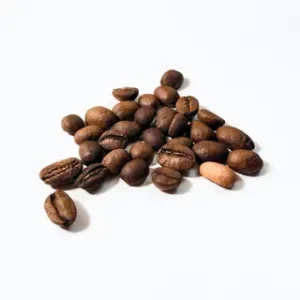
Natural cocoa contains more than 50 nutrients and bioactive components such as polyphenols and flavonoids, which have antioxidant and anti-inflammatory properties that protect us and provide health benefits, especially cardiovascular.
When cocoa is processed to produce chocolate, it loses much of its antioxidant capacity. Even so, dark chocolate is considered one of the most powerful antioxidant foods.
Cocoa’s antioxidants have been linked to health benefits such as anti-inflammatory, reducing heart problems, controlling blood pressure, and improving cognitive ability.
It has a FRAP index of 15 mmol of antioxidants per 100 gr (3.5 oz).
Pecans
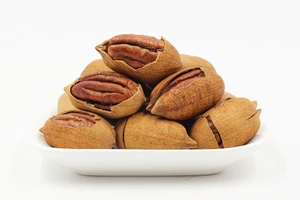
The pecan nut is a species of walnut native to the southern United States and northern Mexico in the Mississippi River region.
They are a good source of healthy fats and minerals, as well as containing a lot of antioxidants. Some studies have shown that pecans increase antioxidant levels in the blood and lower LDL cholesterol levels, reducing the risks of heart disease.
They have a FRAP index of 10.6 mmol of antioxidants per 100 gr (3.5 oz).
Berries
Berries, including blueberries and Goji Berries, are an inexhaustible source of vitamins, minerals, and fiber and are packed with antioxidants. High in phytochemicals such as flavonoids, tannins, stilbenoids, phenolic acids, and lignans, berries are potentially excellent sources of antioxidants.
The strong antioxidant capacity of berries is associated with a reduced risk of heart disease, cancer, and other inflammatory conditions.
The phytochemical content of the berries varies according to the geographical growing conditions of the crops, so there is no specific index for them.
However, blueberries are the group of berries with the highest antioxidant index and are said to be close to 9 mmol of antioxidants per 100 gr (3.5 oz).
READ OUR RELATED POST:
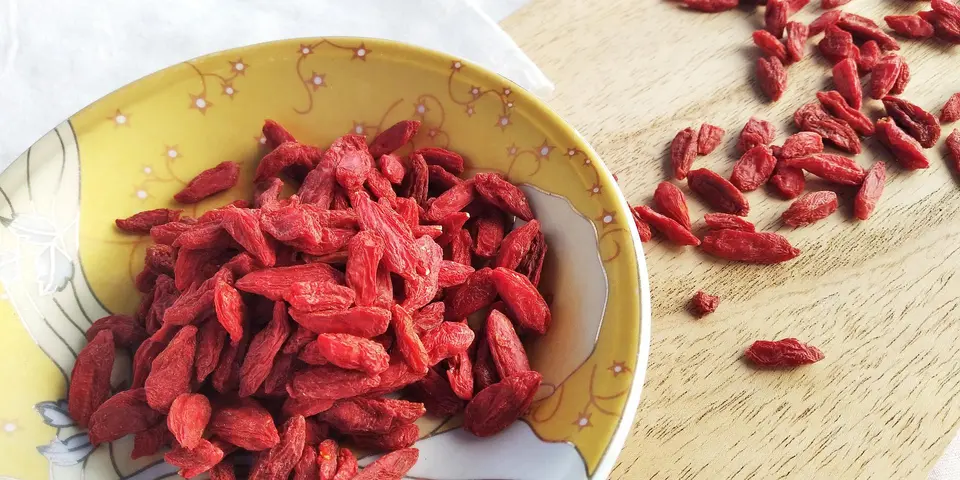
Goji Berry Health Benefits: What You Need to Know
Are you looking for a superfood that can boost your health and wellness? Do you want to learn more about the amazing benefits of goji berries, the red-orange berries that have been used for centuries in traditional Chinese medicine? Click Here to discover how Goji Berries can improve your vision, boost your immunity, promote healthy skin, and more.
Kale
Kale is loaded with vitamins, minerals, fiber, antioxidants, and various bioactive compounds.
Kale is especially high in vitamin C, vitamin A, and vitamin K1. It also contains large amounts of vitamin B6, potassium, calcium, magnesium, copper, and manganese.
Kale is high in several antioxidant carotenoids, including isothiocyanates and indole-3-carbinol, which are potential anticancer and anti-inflammatory compounds.
Broccoli
Broccoli is rich in two carotenoids associated with eye health: lutein and zeaxanthin. These are concentrated in the retina acting as protection against the sun’s rays. Carotenoids are fat-soluble pigments with antioxidant functions.
In addition, broccoli is a good source of vitamin A, another important antioxidant.
Carrot
Carrots are the richest food in beta-carotene, an important antioxidant, and precursor to vitamin A, whose antioxidant and anti-inflammatory properties help protect cells from free radical damage.
Tomato
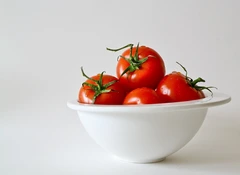
Tomato is a very popular fruit and is a good source of lycopene, a powerful antioxidant responsible for its reddish color. This antioxidant acts by protecting lipids, lipoproteins, and DNA, among other organic compounds, from free radicals generated by the body.
Grapes
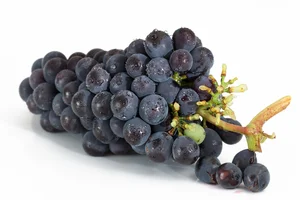
The grape is rich in a polyphenol known as resveratrol, a potent antioxidant that has been linked to a decrease in diseases such as cancer or Alzheimer’s, as well as to the strengthening of the immune system.
Resveratrol is also found in wine, but in smaller quantities due to the production process.
Green Tea
Green tea is rich in catechins, an antioxidant with multiple health benefits. They help prevent cell damage, reduce inflammation, and fight cancer. Some studies also point out that regular consumption of green tea can prevent certain chronic diseases, such as heart problems and diabetes.
Conclusion
Antioxidants are compounds that our body produces naturally. We must ensure that we have a healthy and nutritious diet so that these antioxidants are produced properly.
But we can also get the required antioxidants from food. Here we mention some of them, which we consider most important and popular. But there are many more that can also meet our requirements.
It is very important to help our body protect itself against the damaging effect of free radicals, which can build up and promote oxidative stress. Oxidative stress increases the risk of heart disease, cancer, type 2 diabetes, and many other chronic diseases.
In addition to eating a diet rich in antioxidants and with balanced and complete nutrition, we should avoid foods that increase or favor the excess production of free radicals.
